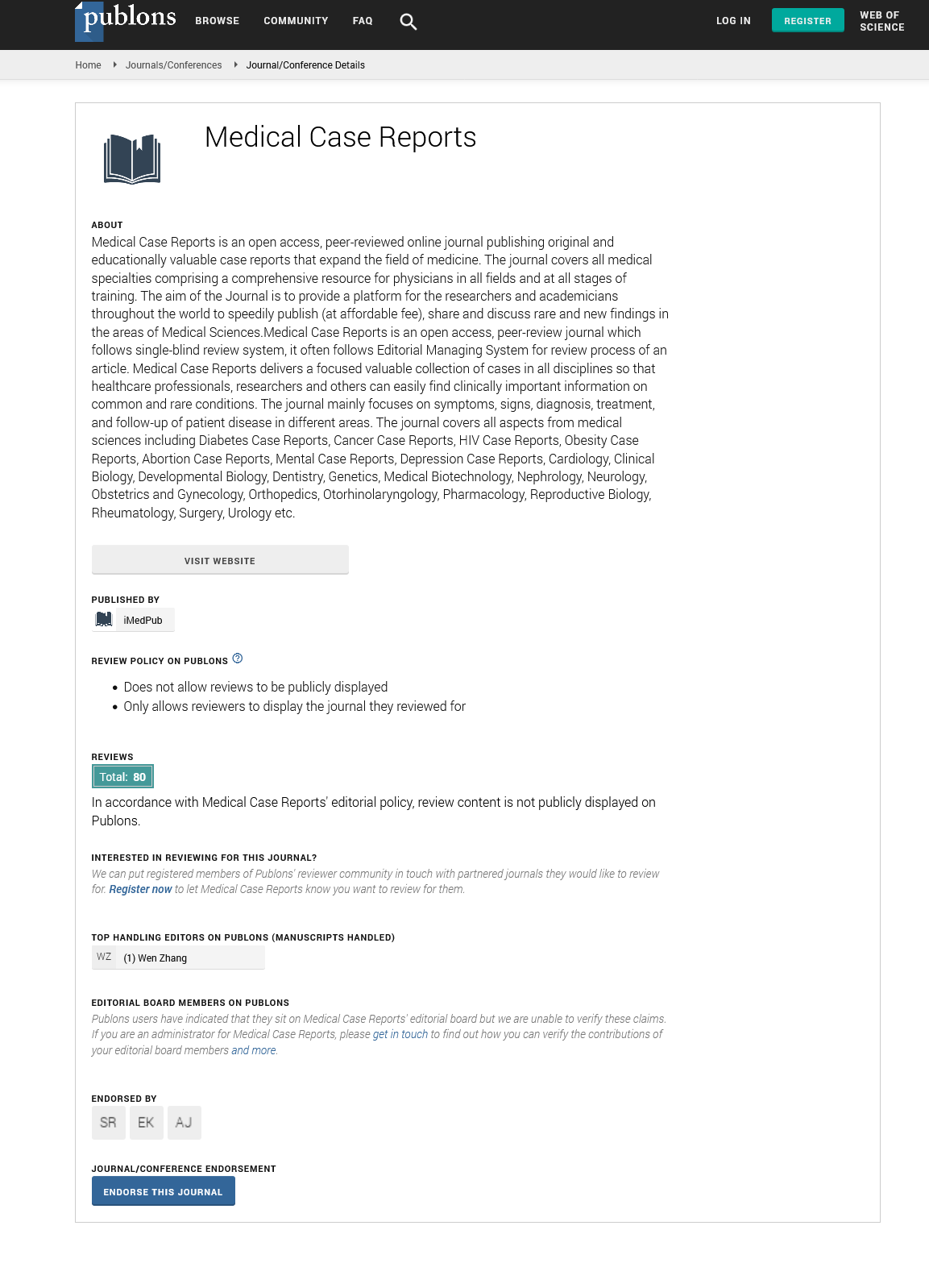Temporomandibular Disorders
The temporomandibular joints (TMJ) are the two joints interfacing the jawbone to the skull. It is a reciprocal synovial explanation between the fleeting bone of the skull above and the mandible underneath; it is from these bones that its name is inferred. This joint is remarkable in that it is a reciprocal joint that capacities as one unit. Since the TMJ is associated with the mandible, the privilege and left joints must capacity together and in this way are not free of one another The primary parts are the joint case, articular plate, mandibular condyles, articular surface of the fleeting bone, temporomandibular tendon, stylomandibular tendon, sphenomandibular tendon, and sidelong pterygoid muscle. The novel component of the temporomandibular joint is the articular circle. The plate is made out of thick fibrocartilagenous tissue that is situated between the leader of the mandibular condyle and the mandibula fossa of the transient bone. The temporomandibular joints are one of only a handful scarcely any synovial joints in the human body with an articular circle, another being the sternoclavicular joint.
High Impact List of Articles
-
Cholecystitis with Spontaneous Cholecysto-Cutaneous Fistula
Merdrignac A, Cusumano C and Sulpice LClinical images: Medical Case Reports
-
Cholecystitis with Spontaneous Cholecysto-Cutaneous Fistula
Merdrignac A, Cusumano C and Sulpice LClinical images: Medical Case Reports
-
Two Cases of Primary Extracutaneous Melanoma: Primary Gastric Melanoma and Primary Melanoma of the Lung
Alden Holmes and Josiah ChungCase Report: Medical Case Reports
-
Two Cases of Primary Extracutaneous Melanoma: Primary Gastric Melanoma and Primary Melanoma of the Lung
Alden Holmes and Josiah ChungCase Report: Medical Case Reports
-
Lateral Rectus Palsy in A Case of Mediastinal Yolk Sac Tumour
Abhishek Onkar, Saurabh Samdariya, and Suwarna SumanCase Report: Medical Case Reports
-
Lateral Rectus Palsy in A Case of Mediastinal Yolk Sac Tumour
Abhishek Onkar, Saurabh Samdariya, and Suwarna SumanCase Report: Medical Case Reports
-
Snuff Dipping Sudanese Tombak Keratosis - A Case Report
Yousif I Eltohami, Nour E Alim and Amal H AbuaffanCase Report: Medical Case Reports
-
Snuff Dipping Sudanese Tombak Keratosis - A Case Report
Yousif I Eltohami, Nour E Alim and Amal H AbuaffanCase Report: Medical Case Reports
-
Migrated Intracranial Falling Bullet, Crossed Midline Twice in a Conscious Patient
Abdulrahman AL, Shudifat, Kefah Taha and Nils StahlCase Report: Medical Case Reports
-
Migrated Intracranial Falling Bullet, Crossed Midline Twice in a Conscious Patient
Abdulrahman AL, Shudifat, Kefah Taha and Nils StahlCase Report: Medical Case Reports
Conference Proceedings
-
An innovative methodology for improving continuous TQM, patient safety, IPC and environmental safety education and training in Aster-Sanad hospital, Riyadh, KSA
Salah Ibrahim AwadKeynote: Medical Case Reports
-
An innovative methodology for improving continuous TQM, patient safety, IPC and environmental safety education and training in Aster-Sanad hospital, Riyadh, KSA
Salah Ibrahim AwadKeynote: Medical Case Reports
-
Coexistence of ocular myasthenia gravis and Graves├ó┬?┬? disease in a three years old female
Zaid Rasheed Al AniPosters & Accepted Abstracts: Medical Case Reports
-
Coexistence of ocular myasthenia gravis and Graves├ó┬?┬? disease in a three years old female
Zaid Rasheed Al AniPosters & Accepted Abstracts: Medical Case Reports
-
First reported case of endophthalmitis following sustained release fluocinolone acetonide intravitreal implant
Mahdi RostamizadehPosters & Accepted Abstracts: Medical Case Reports
-
First reported case of endophthalmitis following sustained release fluocinolone acetonide intravitreal implant
Mahdi RostamizadehPosters & Accepted Abstracts: Medical Case Reports
-
Metachronous bilateral testicular cancer: two case studies and literature review
Zhi Yang Low, Angela Yan, Dhili Arul and Sudhanshu ChitaleScientificTracks Abstracts: Medical Case Reports
-
Metachronous bilateral testicular cancer: two case studies and literature review
Zhi Yang Low, Angela Yan, Dhili Arul and Sudhanshu ChitaleScientificTracks Abstracts: Medical Case Reports
-
Retrograde tracheal intubation in National Cancer Center
B Bolormaa, S Denis, B Gan Erdene and B BattsengelScientificTracks Abstracts: Medical Case Reports
-
Retrograde tracheal intubation in National Cancer Center
B Bolormaa, S Denis, B Gan Erdene and B BattsengelScientificTracks Abstracts: Medical Case Reports
Relevant Topics in Medical Sciences
Google Scholar citation report
Citations : 241
Medical Case Reports received 241 citations as per Google Scholar report
Medical Case Reports peer review process verified at publons
Abstracted/Indexed in
- Google Scholar
- China National Knowledge Infrastructure (CNKI)
- Cosmos IF
- Directory of Research Journal Indexing (DRJI)
- WorldCat
- Publons
- Secret Search Engine Labs
- Euro Pub
Open Access Journals
- Aquaculture & Veterinary Science
- Chemistry & Chemical Sciences
- Clinical Sciences
- Engineering
- General Science
- Genetics & Molecular Biology
- Health Care & Nursing
- Immunology & Microbiology
- Materials Science
- Mathematics & Physics
- Medical Sciences
- Neurology & Psychiatry
- Oncology & Cancer Science
- Pharmaceutical Sciences
